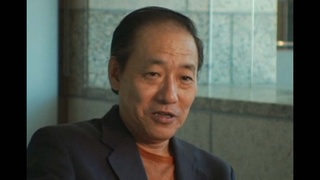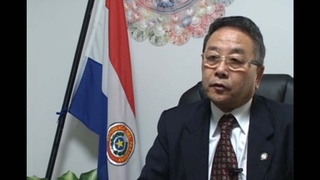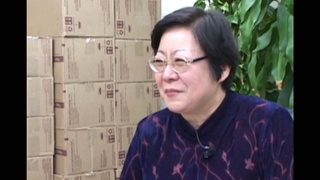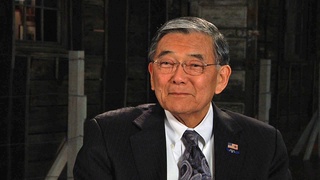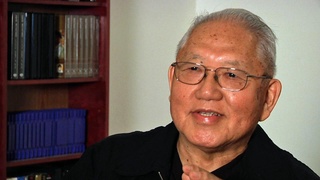Interviews
Tomboy
At that time there was also the dust bowl and we were getting a lot of kids from Oklahoma. We called them Okies. There were a lot of kids—different kids started coming in and there was another girl kind of on the outskirts. She was a fat little girl. Sybil the Oklahoma girl and I grabbed her—her name was Edna. So we three ran around together. So kids would say, “Here comes Fat, Skinny, and In-between” [laughter]. And then during most of the time, even before I got these girls, I used to play baseball and basketball with the boys. And I got called into the office. I was a seventh grader. Called in and say, “We do not play games with boys!” [laughter]. I thought maybe they didn’t like my high-jumping with my dress on. But the principal said the girls play a different kind of basketball than the boys and they have their baseball. Why aren’t you playing with girls? I said, “because the girls don’t like me and the boys do!” [laughter]
Date: August 27, 2012
Location: Washington, US
Interviewer: Cindy Nakashima, Emily Anderson
Contributed by: Watase Media Arts Center, Japanese American National Museum with support of NITTO Tires Life History Project. Courtesy of the USC Hapa Japan Database Project.

